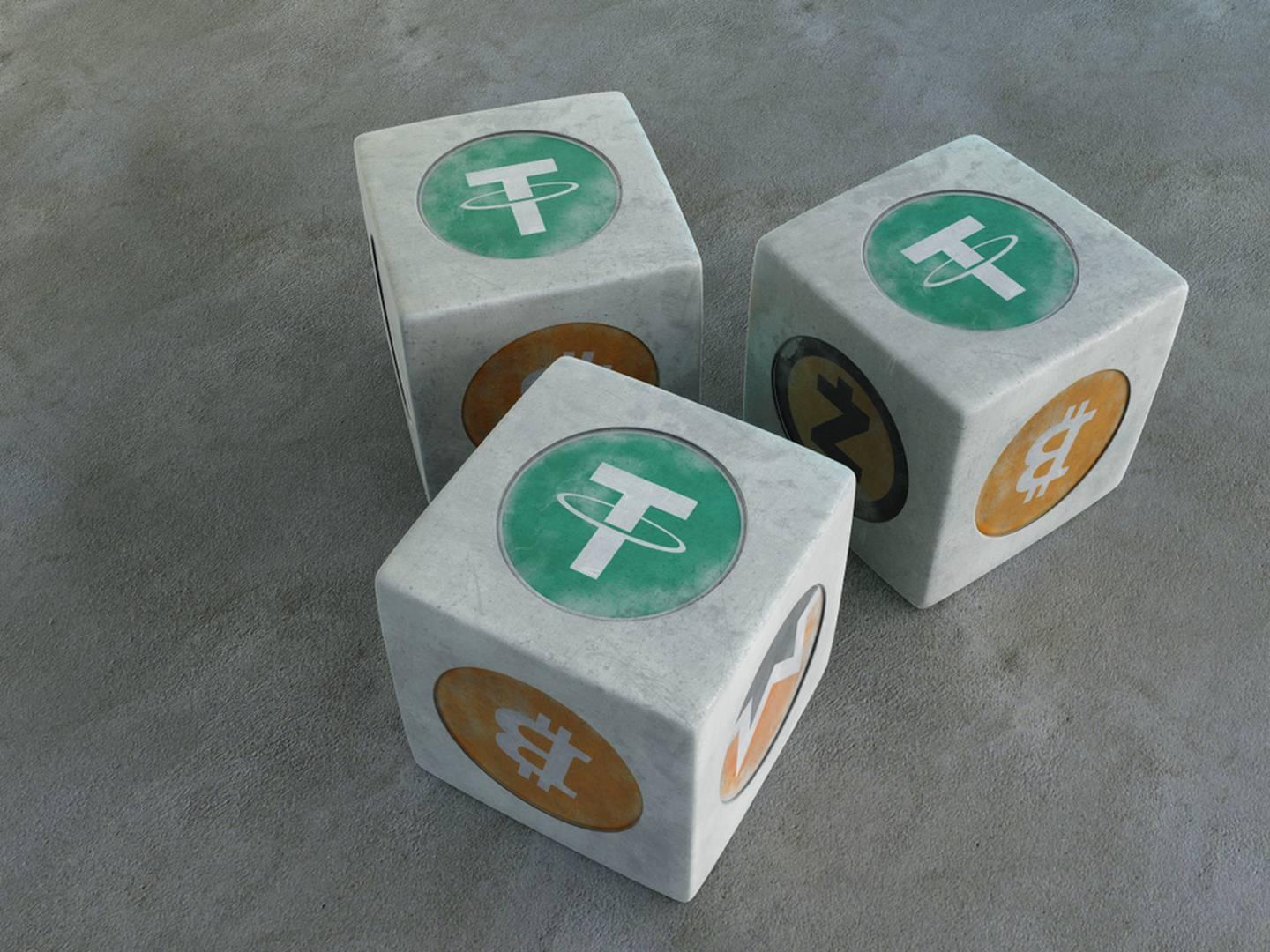Why is Ethereum so slow?
Author: Pima, Founder of Continue Capital
Let's take a look at Spell. First, I feel we should start with Alcx. I analyzed Alcx a long time ago, so I wasn't too surprised when I first saw Spell, but the development paths are quite different, so I mainly want to explore some reasons for the differing situations of the two.
First, both are applications of future cash flow discounting, which means I advance future earnings to use now. I can still refer to my previous example of Alcx being used to pay electricity bills or buy a car.
Where do the differences lie? Firstly, the different target markets lead to different entry points. Spell targets locked earning assets, while Alcx targets assets like Dai. What does this mean? If you want to earn interest on Dai by putting it in a yvault (the key is that you can also use Dai elsewhere), you can earn interest in Alcx as well, and you can collateralize yDai to borrow alUSD, then exchange alUSD for USDT to buy a car or pay electricity bills. On the other hand, Spell's entry point is locked earning assets, such as xSushi, stETH, and of course yUSDT. If I hold Sushi and stake it to generate xSushi, aside from collecting Sushi transaction fees (with an APY of about 10%), it has little use. However, with Spell, I can collateralize xSushi and borrow MIM (which is u) at a certain ratio, then exchange MIM for USDC or other stablecoins through Crv, allowing me to do other things, thus releasing a large amount of locked earning assets. But Alcx's Dai is not a locked asset; if you have Dai, there are too many places to go, so Spell has a good entry point.
 Spell Collateralized Assets
Spell Collateralized Assets
 Alcx Collateralized Assets
Alcx Collateralized Assets
Secondly, there’s the ecological scene. The moat of any stablecoin is its ecological scene, meaning your stablecoin must gain recognition and usage from others. The social app you use is not determined by yourself, but by the environment you are in; you will only use the social app that those around you are using. Spell has expanded into numerous ecosystems with strong collaborative capabilities, much like AC's aggressive partnerships back in the day, and it has done so in a very short time with strong execution, rapidly increasing MIM's market share to $1.5 billion. Of course, the main use case in the crypto space now is mining, and MIM's primary destination is also in the Crv pools, with the highest yield being around 24%, followed by stablecoin mining on Arbitrum (MIM-USDC-USDT), with an APY of 35%.
 Crv Pool Depth
Crv Pool Depth
 Yield Rate
Yield Rate
 ARB Mainnet Pool Yield Rate
ARB Mainnet Pool Yield Rate
What about the issuance of stablecoins from other projects? Alcx mainly issues alUSD, which is currently at $240 million (of course, Alcx is about to launch 2.0, which will bring different improvements). We can also compare it horizontally with UST under Luna, which is $2.7 billion; Fxs's FRAX is $400 million. Not to mention, looking at FRAX's curve, it looks quite perfect. Keep it up, Fxs.


Thirdly, market capitalization. To put it bluntly, there is no such thing as DeFi 2.0 or 3.0; the difference lies in whether retail investors can make money in the secondary market. I have never seen a thriving community that isn't a wealthy community. You will find that every so often, there is a wave of resistance against VCs. The so-called DeFi 2.0 recently has many projects that have developed little by little without VC involvement. After all, the benefits enjoyed by the community in such projects are indeed huge, with a solid grassroots foundation. The momentum of native projects rising from the bottom of the crypto space is tremendous. Of course, any project will encounter different bottlenecks as it develops to a certain stage, and this is when the capabilities and nature of the team, especially anonymous teams, are tested. Alcx's top FDV reached $4.7 billion, which is similar to many DeFi institutional projects that come out with valuations of $2 billion or $3 billion. How can this be sustainable?

In contrast, Spell has risen to 50 times? 100 times? The FDV is also $3.2 billion, and the huge growth dividends have benefited the community, leading to many collaborations happening naturally. Just to add, it's already 2021, and there are still people talking about circulating supply instead of total FDV. How long will this self-deception continue? DeFi has clear profit valuation models; just because you don't value them doesn't mean the market doesn't.

Finally, don't get too carried away. I looked at Spell's token distribution: 21 billion will have 8.7 billion burned, and the team holds a high proportion of 30%, with 50% unlocked in the first year. Additionally, the rewards for the ETH-Spell second pool in the first year are as high as 75%. My first reaction was: Is this a plan to do it for a year and then stop? When dealing with anonymous projects, we need to raise our risk awareness even more. The ingredients are these; how you cook them is up to you.












